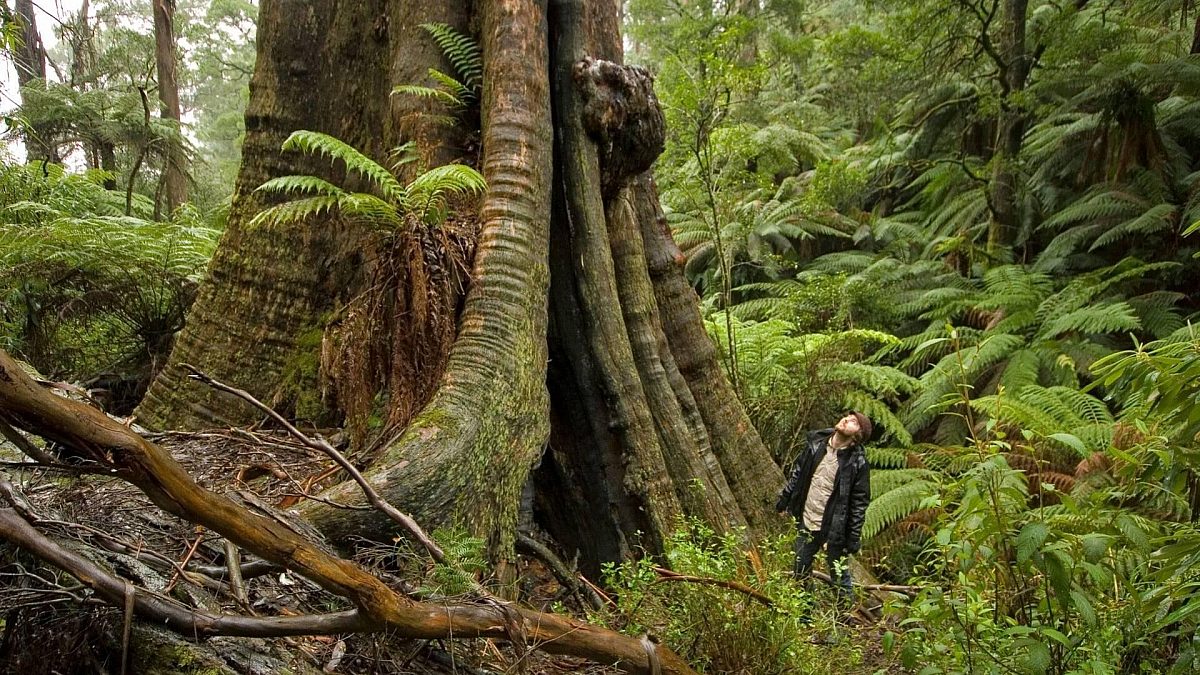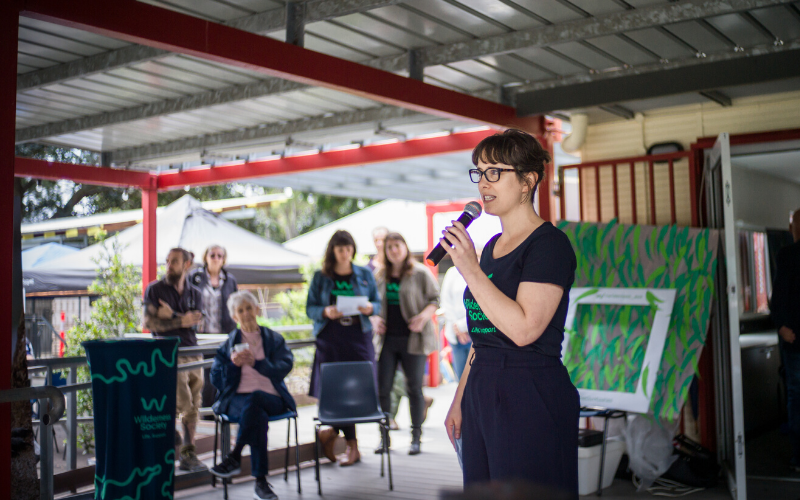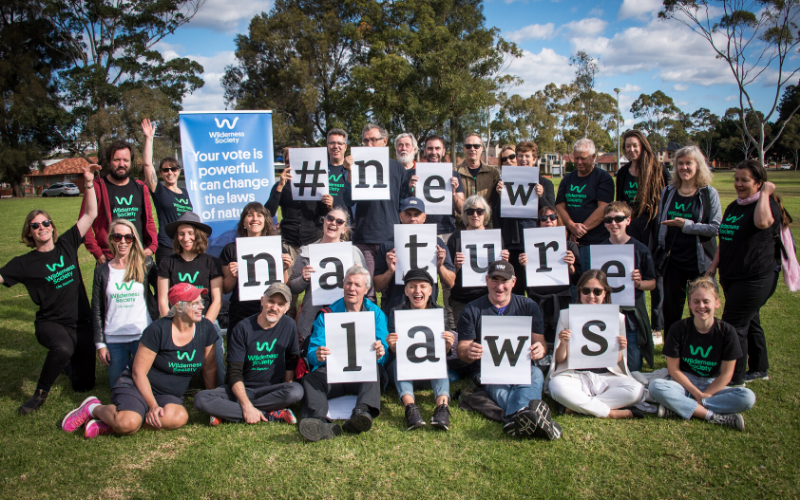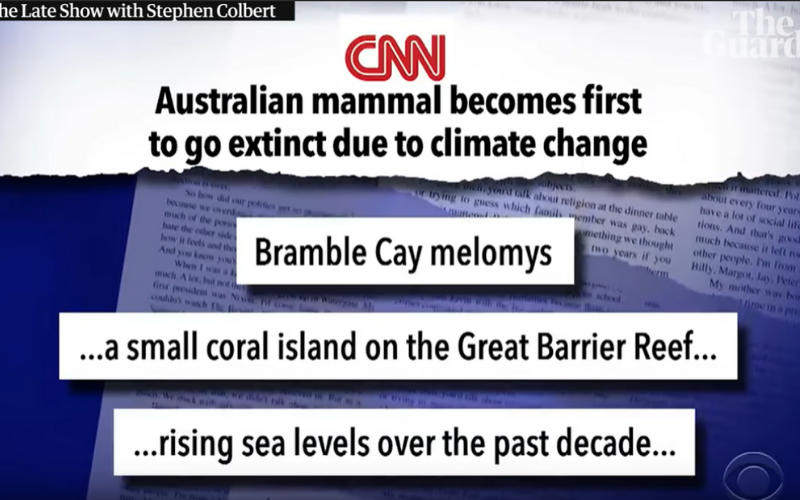Fight for the Bight

Annual Review 2019: Nature laws that work
Our existing nature laws have failed; we need a strong new set of protections for our wildlife and forests.
National Nature Campaign Manager Suzanne Milthorpe takes us through one of the Wilderness Society’s biggest ever national drives with this year’s Federal Election.

“Our National Nature Laws campaign aims to address the ongoing systemic threats to our wildlife and forests. Australia is home to nearly 10% of the world’s species - sadly we’re also the worst in the world for mammal extinction and second overall for biodiversity loss. It’s a shameful record to say the least!
Decades of government failure to lead on nature has meant that our environment laws are outdated and barely implemented. As a result, some of the biggest threats to our world-famous forests and wildlife are exempt from the law, creating loopholes for big corporations to move in and destroy it. The core focus of the National Nature Laws campaign is to build a national debate around Australia’s terrible extinction rates and habitat loss to drive the political impetus for change.
In 2018-2019, the federal election enabled us to do just that, providing a major platform to centre the debate around nature protection. We changed the focus from alliance building and policy development to shifting key players via electoral pressure and direct lobbying. We were also able to identify a large percentage of persuadable centrist swing voters for whom the preservation of nature is a major concern, in order to direct a major campaign in the run up to the election.
Labor adopted most of our policy asks around new environmental laws following a concerted lobbying, advertising and media push. This ran from June to December 2018 and focussed on the party’s National Conference. It created the conditions for a policy debate on new laws between the two major parties in the 2019 federal election, moving nature up the agenda.
The Wilderness Society’s efforts then ramped up again, and from February 2019 we ran the biggest federal communications, media, lobbying and organising election campaign the organisation has ever undertaken. As a result, nature issues were widely covered in the mainstream media, forcing both major parties to spend precious air time addressing them throughout the campaign. The Prime Minister and Treasurer released a special policy and, along with the ALP, key independent crossbenchers called for major environment law reform.
Our campaign centres across the country engaged in an electoral field campaign that racked up a massive 4,670 volunteer hours of door knocking, phone bank work and face to face conversations, bringing in a substantial number of new volunteers and supporters. Since the election, we’ve been consolidating this new, activated audience into our Movement For Life organising program so we can build on the momentum of the election campaign and grow a broad movement of people pushing for real protection for our forests and wildlife.”

Suzanne discusses what the focus is for the New Nature Laws campaign in the coming year.
Why are new nature laws now more important than ever? "Australia is one of just eight countries responsible for 50% of the global loss of vertebrate species like the iconic Tasmanian Tiger and more recently the Christmas Island pipistrelle bat. The legacy of 200 years of destruction plus the worsening effects of deforestation and climate change are now threatening species like the koala, numbat and Leadbeater’s possum. But extinction is a choice, and our campaign is all about empowering communities to end these threats around the country."
What are the next steps the Wilderness Society will take to strengthen our nature laws?
"A once-in-a-decade review of our national environment laws started at the end of October. We’re going to use this platform to build on the 2019 federal election momentum to push the government to take leadership on dealing with extinction. Australia needs a system put in place to protect nature that actually works. To achieve this, we will directly advocate for change with decision makers and we will increase legal and regulatory pressure on the government to deliver on its core responsibilities. We also need a broad spectrum of the Australian community to put pressure on politicians and industry via our Movement For Life program, and to take on the companies that are driving the worst destruction via our deforestation campaigns."
What challenges do we face in getting stronger laws?
"The LNP’s win in the 2019 election means we don’t have all the opportunities for reform that we would have had, if the ALP had won. But the pressure built around extinction during the election means that this government is engaging with nature issues for the first time in seven years. We now have a real chance to leverage gains from the election into real action to protect wildlife and habitats, and support our next phase of campaigning."
Lost in the fine print

Federal policy director Tim Beshara has a nose for detail when it comes to government reports; his unearthing of the demise of ‘our little brown rat’ made international headlines, shining a light on our lax environmental laws.
"My colleagues and I had spotted that the Federal Environment Minister had buried the formal extinction of the rat-like rodent, the Bramble Cay melomys, in the fine print of a media release. Even though scientists had informed us of its demise a few years ago, a Minister announcing its formal passing should have meant that the story had news value. But it was the fact that the Minister had buried it in the fine print that made me think there was a story. I quickly drafted a press release, sent it out and called around and got some interest from Peter Hannan at the Sydney Morning Herald. A senior editor later told me that they’d pulled my quote ‘The Bramble Cay melomys was a little brown rat, but it was our little brown rat and it was our responsibility to make sure it persisted. And we failed.’, and embedded ‘little brown rat’ into the headline. This phrase then became a motif in the international coverage and social media discussion that followed.
I posted a link to the story on social media and then went to bed. By the time I’d woken the following morning, my post and the story in the Sydney Morning Herald had gone viral, leading to articles from every major international news outlet and even bulletins in British and US morning TV shows. The US comedian and host of The Late Show, Stephen Colbert, did a long monologue that reached millions.
While the coverage focussed on the first mammal extinction as a result of climate change, the Bramble Cay melomys has also become emblematic of the failure of our national environmental laws. The species had a recovery plan and if anyone had bothered to implement any of it, the species wouldn’t have gone extinct. Its extinction has just as much to do with the failure of political leadership and bureaucratic bungling as it does with climate change."